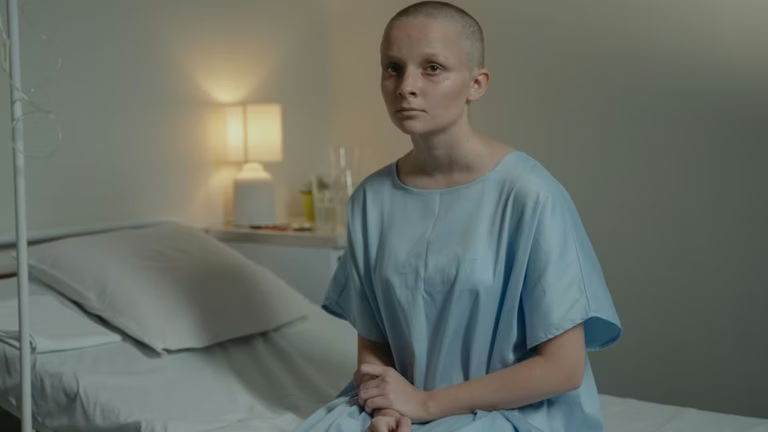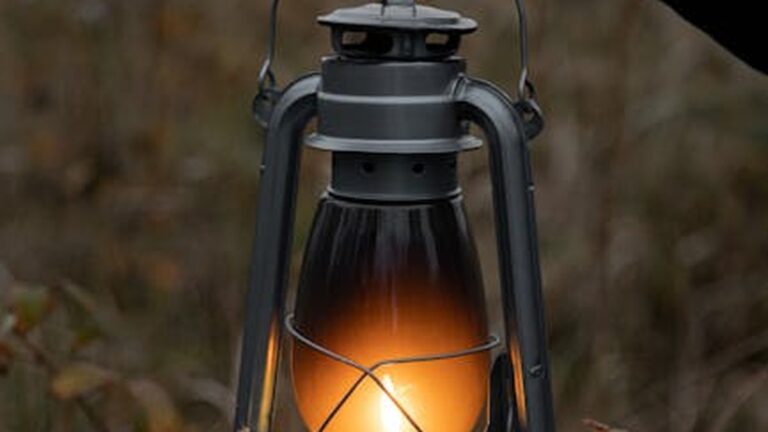Beat Winter Blues: Light & Mindfulness
Understanding the Winter Blues and SAD
As the days grow shorter and the nights grow longer, many people experience a shift in their mood and energy levels. This feeling, often referred to as the winter blues, can range from mild sadness to a more severe form of depression known as Seasonal Affective Disorder (SAD). Understanding the difference between these conditions is the first step toward combatting winter depression.
The winter blues typically involve feelings of lethargy, increased appetite (especially for carbohydrates), and a general lack of motivation. These symptoms are usually mild and temporary. SAD, on the other hand, is a more significant condition recognized by the Diagnostic and Statistical Manual of Mental Disorders (DSM-5). It’s characterized by recurring episodes of major depression that coincide with the changing seasons, most commonly beginning in the fall or winter and remitting in the spring or summer.
Prevalence and Symptoms of Seasonal Affective Disorder
Studies suggest that SAD affects approximately 1-10% of the population, depending on geographic location. Individuals living further from the equator, where sunlight is significantly reduced during the winter months, are more likely to experience SAD. Common symptoms of SAD include:
- Persistent feelings of sadness, hopelessness, or anxiety
- Loss of interest in activities you once enjoyed
- Changes in appetite or weight, especially craving carbohydrates
- Fatigue and low energy levels
- Difficulty concentrating
- Irritability
- Sleep problems, such as oversleeping or insomnia
- Social withdrawal
Light Therapy: A Ray of Hope
Light therapy, also known as phototherapy, is a widely recognized and effective SAD treatment. It involves exposing yourself to a bright light source that mimics natural sunlight. This light helps to regulate your body’s circadian rhythm, which is often disrupted during the winter months due to reduced sunlight exposure.
How Light Therapy Works
The exact mechanism of action is still being researched, but it’s believed that bright light influences the production of serotonin and melatonin, two neurotransmitters that play a crucial role in mood regulation. Serotonin is associated with feelings of happiness and well-being, while melatonin regulates sleep. Reduced sunlight can lead to lower serotonin levels and increased melatonin levels, contributing to the symptoms of SAD.
Using a Light Therapy Box Effectively
To maximize the benefits of light therapy, it’s essential to use a light box correctly:
- Choose the right light box: Look for a light box that emits 10,000 lux of light and filters out harmful UV rays.
- Timing is key: Most experts recommend using the light box in the morning, typically for 20-30 minutes.
- Positioning: Place the light box about 12-24 inches away from your face, slightly off to one side. You don’t need to stare directly at the light, but it should be within your field of vision.
- Consistency is crucial: Use the light box every day, even on sunny days, during the fall and winter months.
Important Note: Consult with your doctor before starting light therapy, especially if you have any eye conditions or are taking medications that increase sensitivity to light. They can help you determine the appropriate duration and intensity of light exposure.
Mindfulness for SAD: Cultivating Inner Peace
Mindfulness, the practice of paying attention to the present moment without judgment, can be a powerful tool for managing the symptoms of SAD treatment and winter blues. It helps you become more aware of your thoughts, feelings, and bodily sensations, allowing you to respond to them with greater clarity and compassion rather than getting swept away by negative emotions.
Benefits of Mindfulness for Winter Depression
- Reduces stress and anxiety: Mindfulness techniques can help calm the nervous system and reduce the production of stress hormones.
- Improves mood: By focusing on the present moment, you can interrupt negative thought patterns and cultivate a sense of gratitude and appreciation.
- Increases self-awareness: Mindfulness helps you become more attuned to your internal state, allowing you to identify triggers for sadness or anxiety and develop coping mechanisms.
- Enhances sleep quality: Mindful breathing and relaxation techniques can promote relaxation and improve sleep quality, which is often disrupted by SAD.
Practical Mindfulness Exercises
Here are a few simple mindfulness exercises you can try to Combatting winter depression:
- Mindful Breathing: Find a quiet place to sit or lie down. Close your eyes and focus on your breath as it enters and leaves your body. Notice the rise and fall of your chest or abdomen. When your mind wanders, gently redirect your attention back to your breath.
- Body Scan Meditation: Lie down comfortably and bring your attention to different parts of your body, starting with your toes and working your way up to your head. Notice any sensations you experience, such as tingling, warmth, or pressure. Acknowledge these sensations without judgment.
- Mindful Walking: Pay attention to the sensations of your feet making contact with the ground as you walk. Notice the movement of your body, the sounds around you, and the sights in your environment.
Integrating Light Therapy and Mindfulness
Combining light therapy and mindfulness for SAD can create a synergistic effect, enhancing the overall effectiveness of your SAD treatment. You can practice mindful breathing or body scan meditation while using your light box, creating a calming and restorative experience. For example, imagine starting your day with 20 minutes of light therapy while simultaneously practicing a guided meditation focused on gratitude. This could help set a positive tone for the rest of your day.
Beyond Light and Mindfulness: Additional Strategies
While light therapy and mindfulness are powerful tools, they are not the only strategies you can use to manage winter blues and SAD. Consider incorporating the following into your routine:
- Regular Exercise: Physical activity releases endorphins, which have mood-boosting effects. Aim for at least 30 minutes of moderate-intensity exercise most days of the week.
- Healthy Diet: Focus on eating whole, unprocessed foods, including fruits, vegetables, lean protein, and whole grains. Limit your intake of sugar and processed carbohydrates.
- Social Connection: Spend time with loved ones and engage in social activities that you enjoy. Combatting isolation is crucial.
- Vitamin D Supplementation: Vitamin D deficiency is common during the winter months. Talk to your doctor about whether vitamin D supplementation is right for you.
- Professional Help: If your symptoms are severe or persistent, consider seeking professional help from a therapist or psychiatrist. Cognitive Behavioral Therapy (CBT) can be particularly effective for treating SAD.
Conclusion: Embracing the Light Within
The winter blues and SAD can be challenging, but they are not insurmountable. By understanding these conditions and utilizing effective strategies like light therapy and mindfulness for SAD, you can reclaim your well-being and embrace the light within. Remember to be patient with yourself, prioritize self-care, and seek support when needed. Take proactive steps to combat winter depression and enjoy the winter season to its fullest.
References
-
National Institute of Mental Health
– National Institute of Mental Health research and resources. -
American Psychological Association
– American Psychological Association mental health guidance. -
World Health Organization Mental Health
– Global mental health initiatives and research.





